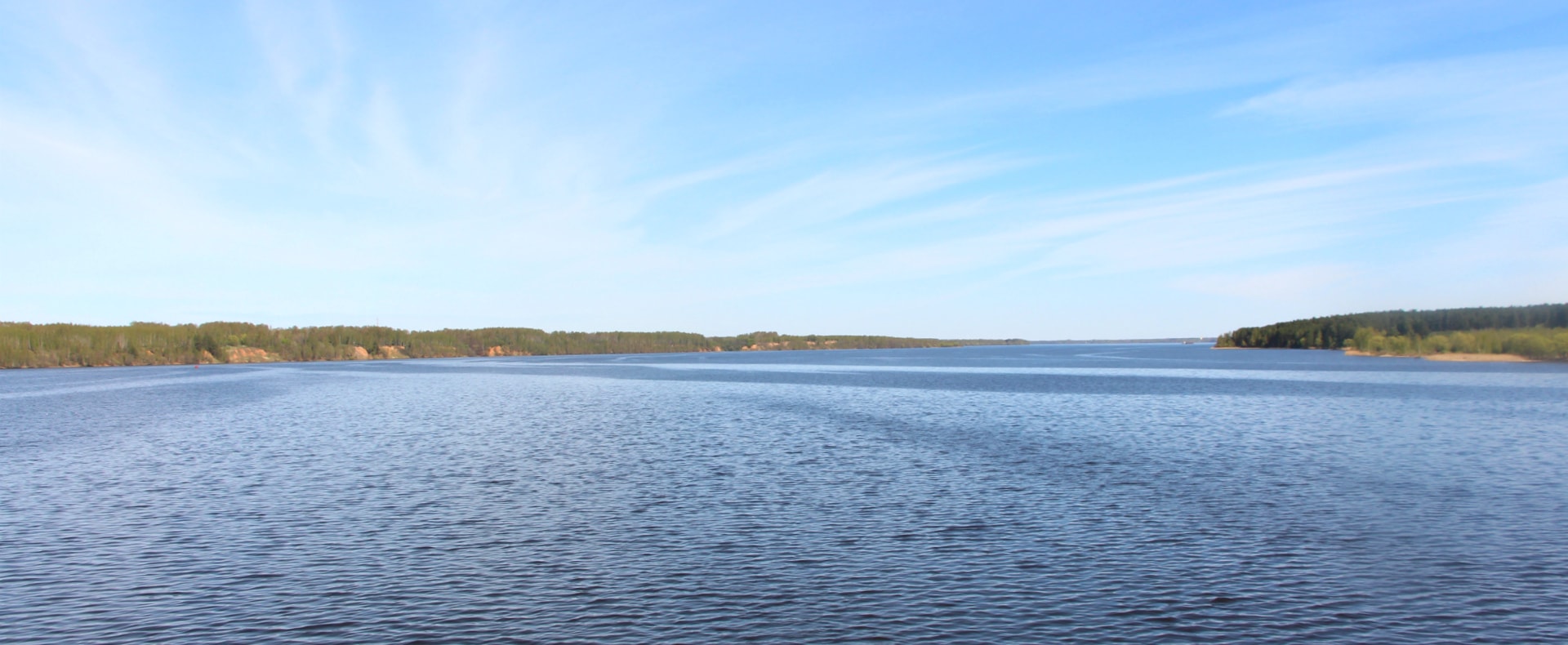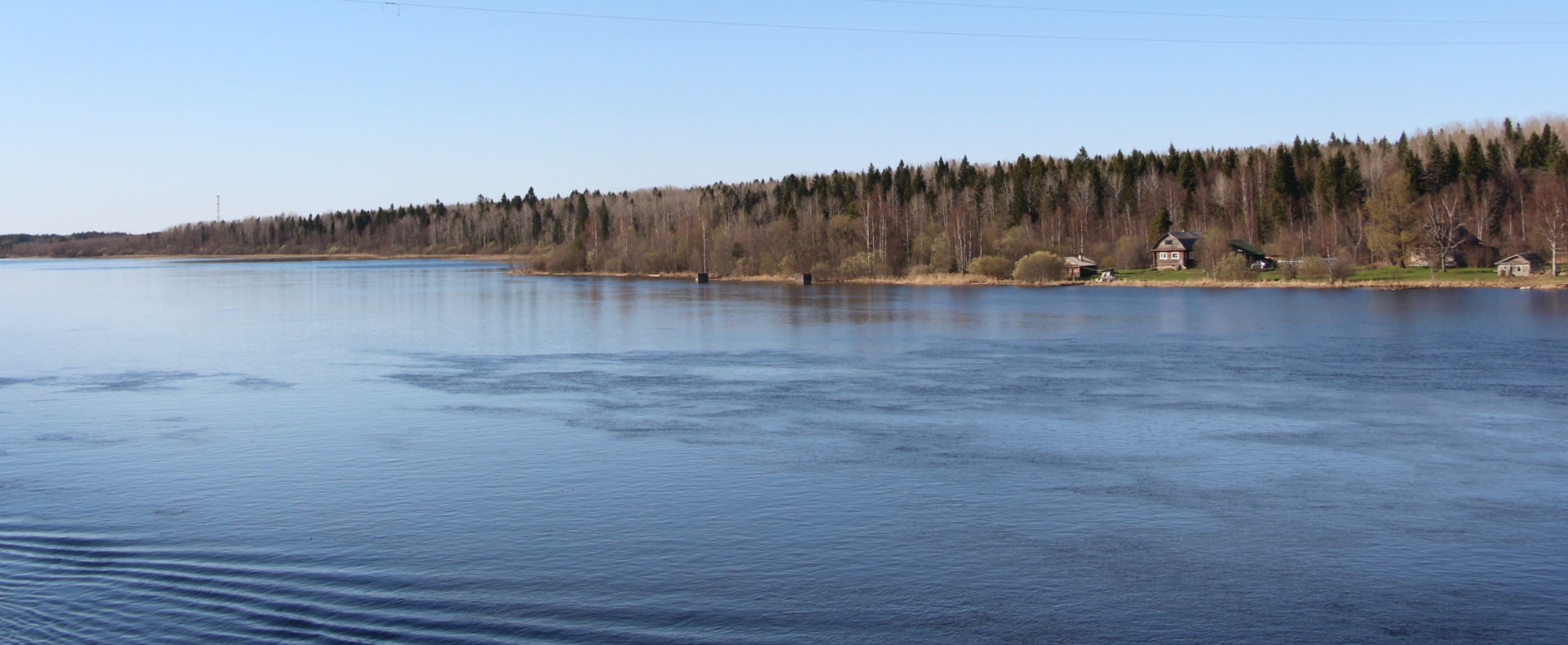Why Set Sail along Volga River
"Every country has its national river and Russia has the Volga - the longest river in Europe, the Queen of rivers - and I was one of the many who went to bow to her Majesty River Volga" - the famous French author Alexandre Dumas once wrote.
No Russian can hear the word "Volga" without picturing the river's wide, plangent waters, gracious ships, and hovering ivory gulls. Mother Volga's place in every Russian heart is assured and celebrated in the famous song of the Volga boatmen, “Mighty stream so deep and wide, Volga, Volga, our pride”.
History & Facts
7000 years ago, the river's lower reaches were the cradle of Indo-European culture. Since then the Volga has played a central role in Russian history and folklore. The great bend in the river around Samara was the haunt of the colorful 17th century Kazak bandit Stenka Razin, while the lower plains were the scene of the Pughachev rebellion, romanticized in Pushkin's novel "The Captain's Daughter".
Today almost 50 million people live in the Volga basin, one-third of Russia's population, and many of Russia's greatest cities call its banks home. It remains a key transportation route, navigable with the help of giant locks and canals.
Volga River Length
Rising from a small spring in the Valdai Hills northwest of Moscow, the river flows southeast in a great arc over 3690 km before spilling into the Caspian Sea. Although industrialization has marred its traditional clarity, much of its length is covered in a matchless wild beauty. The Volga Delta is a must-see for anyone interested in wildlife. Its marshland climate has become a refuge for beavers, otters, and countless birds from herons to the great bald eagle. Another must for nature-lovers is the Samara Bend National Park, famous for its woodland hikes and stunning views of the Volga.




